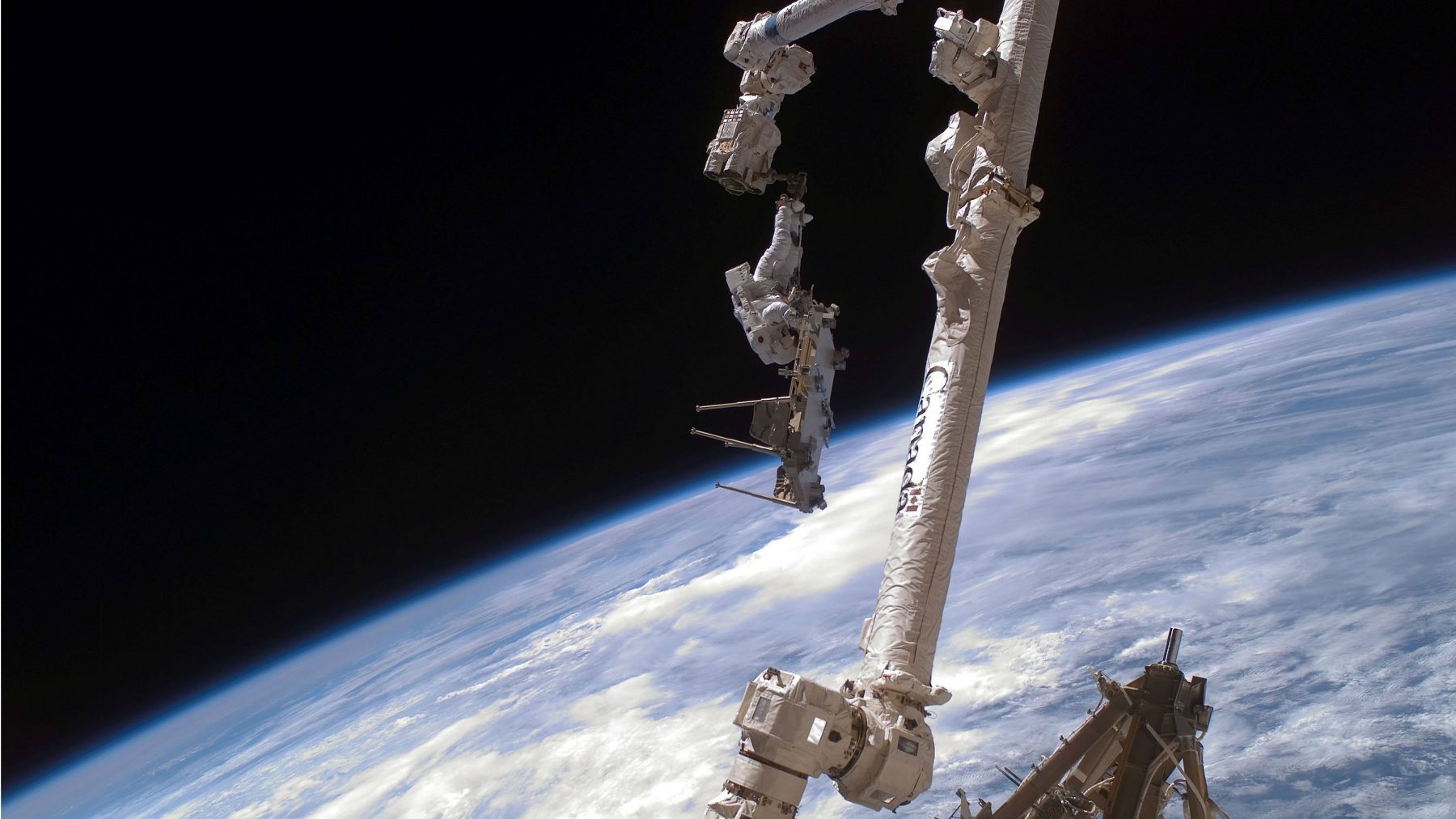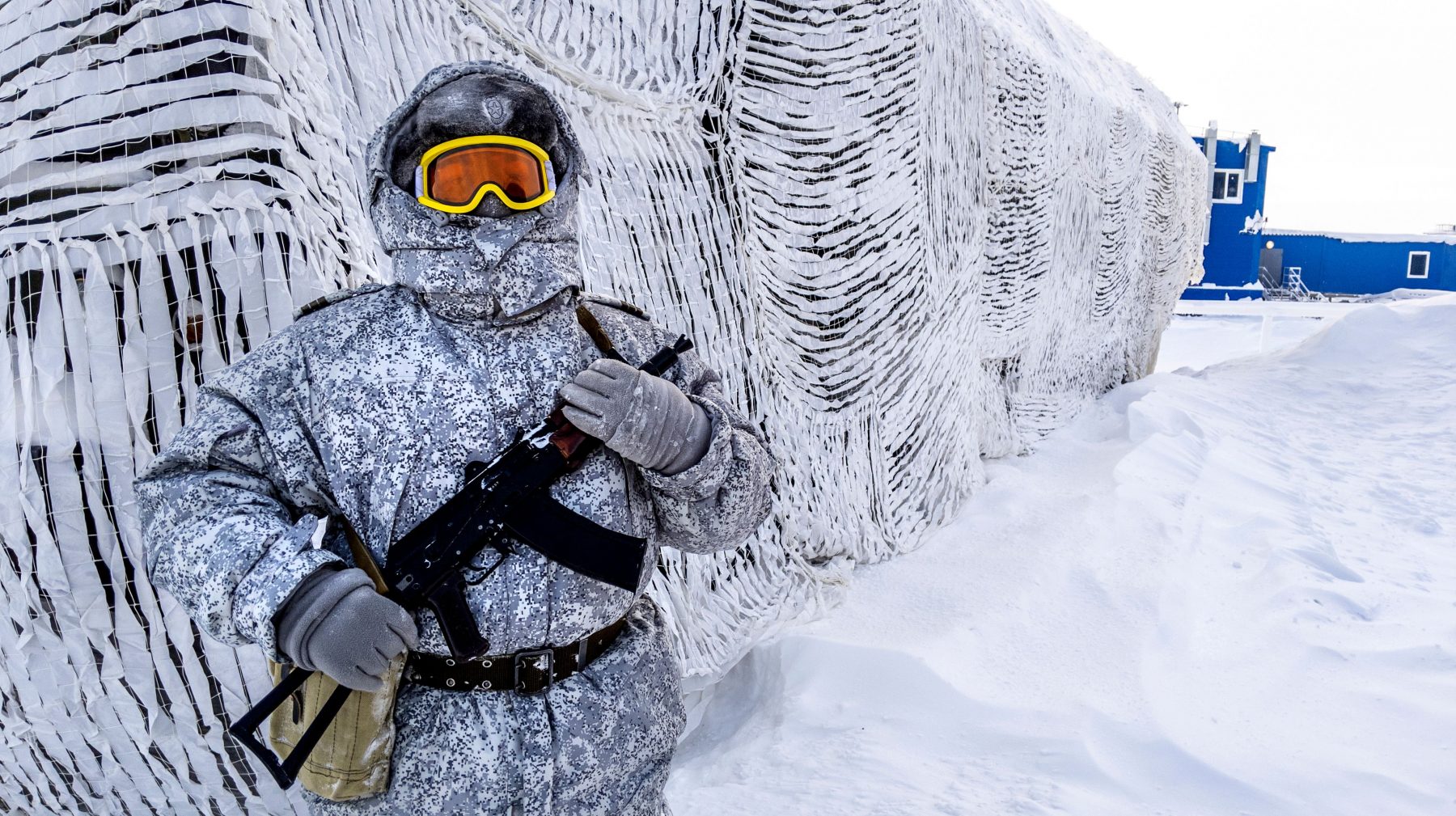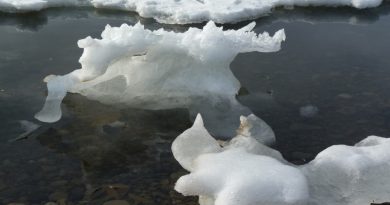In the Arctic as in space, Russia and West can look past differences to pursue common goals: study

When faced with an existential threat, the humanity will rally together despite geopolitical rivalries and political tensions between superpowers. That’s the main lesson of a comparative study published in the journal Polar Record, by Michael Byers, Canada Research Chair in Global Politics and International Law at the University of British Columbia.
The article, titled Cold, dark, and dangerous: International cooperation in the Arctic and space, compares Russian–Western cooperation in the Arctic and space, despite ongoing tensions in Ukraine, Syria and Venezuela.
Whether it’s climate change or the threat of a potentially devastating asteroid collision, the history of Arctic and space exploration has taught us that countries would come together and put aside their differences, Byers told Radio Canada International.
“What my research shows is that when the going gets really tough, when things are really dangerous, countries will cooperate,” Byers said.
Listen to the interview with Michael Byers:
Extreme environments

The Arctic and space are remote, extreme environments, where human activity is dangerous and expensive, and these factors seem to push towards international cooperation, said Byers.
His interest in the subject was sparked when he realized that despite spiking tensions between Russia and the West following Moscow’s annexation of Crimea in 2014, international cooperation in the Arctic continued almost unabated, Byers said.
“And then I noticed that Russian rockets were being used to carry American, European and Canadian astronauts to the International Space Station, which suggested that cooperation in space was also continuing,” Byers said.
‘Militarized but not substantially weaponized’

The paper identifies eight different factors that seem to be contributing to the ongoing Russian-Western cooperation in both the Arctic and in space.
“One of the commonalities between the Arctic and space is that both regions are militarized but not substantially weaponized,” Byers said.
“In other words, both the Arctic and space are used heavily by militaries for surveillance and for communication, and sometimes for the transportation of weapons, but significant weapons systems are not actually based there.”
While nuclear submarines armed with intercontinental ballistic missiles prowl under the Arctic ice and strategic bombers regularly patrol the region, they are not permanently based there, he said.
“And in space we have literally hundreds of military satellites, providing communications and surveillance, and even targeting for advanced militaries,” Byers said, “but as far as we know, there are no anti-satellite weapons based in space nor is space used for the deployment of weapons systems aimed at the surface of the planet.”
This commonality reflects the fact that weaponizing these regions would be extremely expensive, he said.
“It would be a major diversion away from the military investments and deployments that Russia and Western countries do elsewhere in the world,” Byers said.
Reliance on ‘soft law’

The paper identifies other commonalities between Arctic and space-faring nations.
They engage in risk management through international law-making; Arctic and space relations rely on consensus decision-making and Arctic and space relations rely on “soft law” that enables them to cooperate notwithstanding their mistrust, Byers said.
“Soft law are non-binding instruments, they are guidelines, recommendations, so there is no formal consequence in the event of a breach,” Byers said. “But because they adopt these guidelines because they make sense for all of the countries involved, they are usually followed.”
In a large part of the international lawmaking in the Arctic and in space, states adopt legal documents by consensus, Byers said.
“They manage to create rules for the road even though they don’t trust each other,” Byers said. “Making law work even in times of distrust is very encouraging in terms of what it offers as a lesson for other fields of international relations.”
Putting aside differences

The main lesson is that that when countries have to cooperate, when there are strong reasons to do so, they find a way to do so, he added.
One of the examples of such cooperation concerns search and rescue in the Arctic and in space.
“We have a treaty on search and rescue that dates back to 2011 but what a lot of people don’t know is that we have a much earlier agreement to share our satellites for the purposes of supporting search and rescue through emergency beacons that can be carried by prospectors, by sailors, by Inuit hunters going out on the land or sea ice,” Byers said.
And this agreement dates back to the Cold War, when the Soviet Union came together with the United States, Canada and France to create the Cospas-Sarsat Programme in 1979.
Search and rescue has been a driving commonality in space and in the Arctic as a reason for international cooperation, Byers said.
“And the reason, I think it is so central, is because ultimately we are all human beings and search and rescue is needed when human lives are in danger,” he said. “And when that happens, people forget about politics, they put rivalries to the side and they work together to save those lives.”
Related stories from around the North:
Canada: Canada, U.S. must do more to check Russian military in the Arctic, says NORAD chief, CBC News
Finland: The Arctic Council Ministerial could have been worse, Blog by Heather Exner-Pirot
Norway: Norway releases Russian man detained over suspicion of espionage, The Independent Barents Observer
Russia: Nordic leaders stand united as they sit with Putin in Russia, The Independent Barents Observer
Sweden: Sweden-Russia relations hit new low after diplomats expelled, Radio Sweden
United States: U.S. must pay attention to growing China-Russia alliance in Arctic: expert, Alaska Public Media



